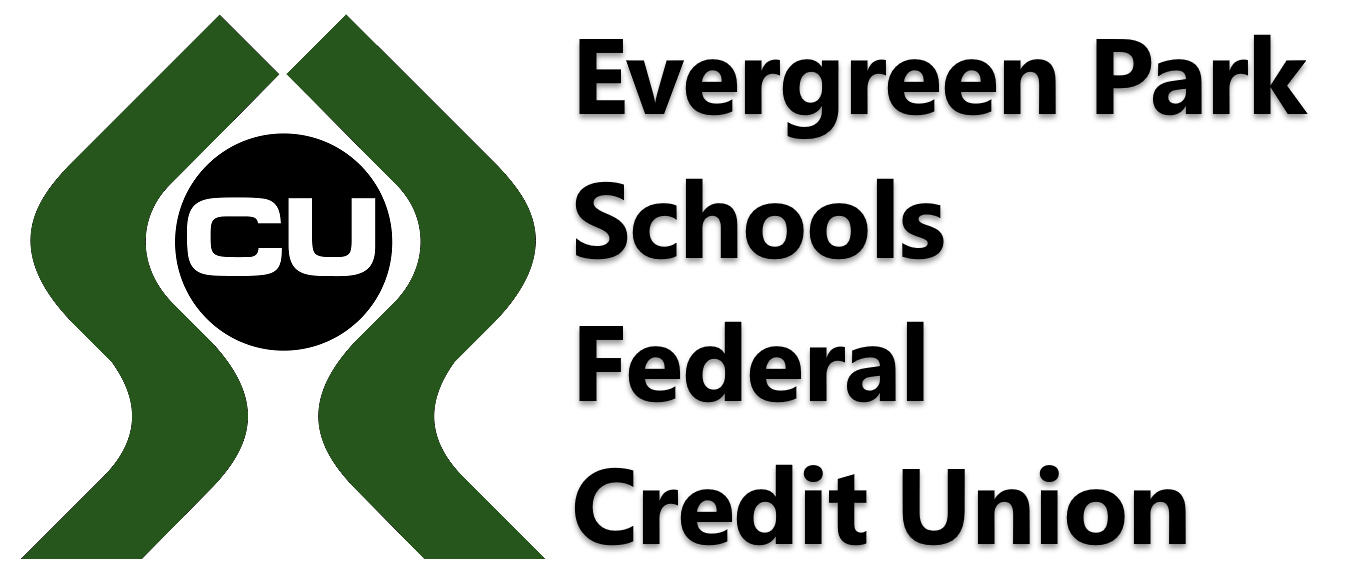Check fraud is on the rise. Scammers are able to produce fake checks that look convincing with the help of cutting-edge technology. You may wonder how to tell if a check is fake, what to do if you believe you have received a fake check and what happens if you accidentally deposit a fake check into your bank account. This article will give you the tools to help spot a fake check and the important steps you should take if you believe you are the target of a check scam.
SPOTTING A FAKE CHECK
There are several features to watch for to determine whether or not a check is authentic.
Rough Edges
In some instances, checks are torn out of a checkbook. You will see perforated edges. If that is the case, at least one edge of the check will be perforated or feel rough to the touch. However, if all four edges of a paper check are smooth, there is a probability that the check is fake.
Bank Logo and Address
An authentic check displays the issuing bank’s logo on the face of the check. If the logo is absent on the check, it may be counterfeit. If there is a logo, examine it against the bank’s logo on its website to ensure that it matches.
The quality of the printing should be closely examined too. If the logo appears faded, it could have been scanned from a real check or taken from an online source.
Also, if a bank’s address is listed on the check, make sure that it is the same as what is listed on their website. If it’s different, the check is possibly fake.
MICR Line
Every authentic check includes the Magnetic Ink Character Recognition (“MICR”) line. This line consists of three sets of printed digital characters at the bottom of the check. The characters include the bank’s routing number, the number of the account from which the check is written and the check number. It also will list two printed Transit Symbols that work with the bank’s check-reading device.
The lettering on the MICR line is printed with special ink that contains magnetic iron oxide which is required by the Federal Reserve. This magnetic ink is dull, not shiny, and the printed lettering should be flat. If the MICR line printing appears shiny in the light and/or the lettering is raised, the check is a counterfeit.
Additionally, if no MICR line exists at the bottom of the check, then it’s fake.
Check Number
A check number on an authentic check should appear in two places: one in the upper-right hand corner and the other at the end of the MICR line along the bottom of the check. These two check numbers should match; if they don’t, it’s a huge red flag that the check is fraudulent.
Moreover, pay close attention to a check whose numbers are low. Personal checks with numbers between 101 and 400 would be considered low numbers; business check with numbers between 1000 to 1500 would be considered a low number. The low check numbers indicate that check account is new; about 90% of fraudulent checks are written from new accounts.
Paper and Ink Quality
This one is easy to spot. If the check is printed on thin, flimsy, shiny paper, then is probably a fake. Legitimate checks are written on high quality, matte paper.
Similarly, ink quality is another item to watch. The ink used on legitimate checks are high-quality permanent ink. To test to see if the ink is permanent, put a drop of water on your finger and run it across the check’s printed surface. If the ink on the check smears or comes off when you touch it, it’s probably fake.
Other Irregularities
A few other items to watch for are:
- Spelling errors such as misspelled business name or address;
- Typographical errors; and
- The numerical dollar amount and the written word amount on the check don’t match.
Any of these discrepancies is a good indication that the check is not legitimate.
WHAT TO DO IF YOU SUSPECT A CHECK IS FAKE
Don’t Cash It! If there’s a chance that the check is not authentic, contact the bank issuing the check and is listed on the check and ask them about the check. Don’t use any information listed on the check. Instead, look up the bank’s official website to find their phone number. If the bank verifies that the check is legitimate, you may deposit it. If not, the best thing to do is to contact the proper authorities.
- Check received in the mail – Contact the United States Postal Inspection Service. This federal government agency provides assistance to mail fraud victims.
- Check received as part of a potential online scam – File a complaint through the Internet Crime Complaint Center. This agency is a government service offered by the Federal Bureau of Investigation.
- The Federal Trade Commission’s Bureau of Consumer Protection is another government agency which allows the victims of check fraud and other scams to make a report online.
- Report fraudulent checks to your state’s attorney general’s office. The National Association of Attorneys General’s website has a convenient tool for locating the contact information for your state. In addition, your state or city may also have a consumer protection agency to contact for help. An internet search will help find this information.
WHAT HAPPENS IF YOU DEPOSIT A FAKE CHECK?
Scammers have gotten very good at creating fake checks. Now, you have deposited one into your account without realizing it. What happens now?
- Your bank will withdraw the amount of the check from your account. Note that it could take weeks to discover the fake check.
- You may be charged a fee for insufficient funds if you’ve already spent the money and there isn’t enough money to cover the withdrawal.
- Your bank may freeze or even close your account depending on your bank policies.
- Your banking history may be affected. Bad check deposits are among the negative items that are included in your banking history report. Some banks use these reports to determine whether or not to allow you to open an account.
- While this is a rare consequence, you could go to jail if it’s proven that you knowingly cashed a bad check.
SOME FAKE CHECK SCAMS
Fake check scams are on the rise. It helps to know how to recognize them. Scammers are getting very clever but with a little bit of know, the fraud can often be easily identified if you know what to look for.
- You receive a check with a higher amount than expected. This is one of the most popular forms of a scam that is used. It is especially popular for those who sell goods and services online. (i.e. eBay or Etsy) Scammers send more money than you are owed. Then, they request that you send a portion of the money back to them via a wire transfer. This is a big red flag that something illegal is going on.
- You won a prize! The catch? You have to pay (?) for it! This scam is when you “win” a prize even though you never entered the particular contest or sweepstakes. But you are now asked to send money to pay for processing and mailing costs.
- You receive “payment” in advance for a job you applied for online. There is no legitimate company that will pay you before you’ve done any work for them. If you applied online for a “too good to be true” job and are mailed a paycheck before you do anything, and are asked to send money as gift cards or a wire transfer for any reason, the odds are good that it’s a scam.
THE BOTTOM LINE
Bad checks are written every day to commit fraud. It pays to stay one step ahead of the scammers. If you receive an unexpected check which seems too good to be true, be sure to do some research before cashing it to avoid any problems later.


